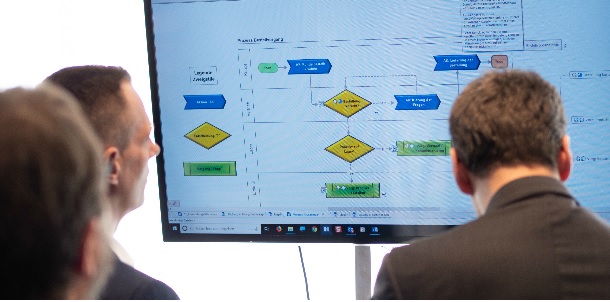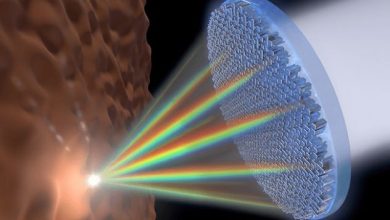How to achieve better flowcharts

In the past, flowcharts were created using pencils on a piece of paper. However, due to the advent and advancement of technology, various diagramming tools have made flowcharts easy. A flowchart is a diagram that shows the steps and decisions that must be taken to accomplish a process. Each level in the series gets represented in diagram form. The steps are connected by connecting lines and guiding arrows. That allows anyone to look at the flowchart and follow the procedure from start to finish.
However, if not well-done, flowcharts can be confusing and even misleading but diagramming tools can help. Therefore, when designing flow charts and building diagrams, you need to ensure that they are simple and easy to comprehend.
Below listed are some of the tips to help in the creating of a flowchart.
- Use consistent design elements.
When creating a flow chart, ensure that the shapes, lines, and text in the flowchart diagram are consistent. For instance, if you decide to use rectangular shapes, they should be rectangular.
Ensure that the shapes and spacing used are of the same size. Also, they should be uniformly aligned and have the same outlines. Consistency reduces unwanted distractions and makes the data flow or process much easier to follow.
Colors may sometimes aid in the clarification of process processes. Particular procedures, such as choices, and stages that need the user to return to an earlier step, may be shown in a different color. On the other side, spacing should always be uniform.
That may require to get done manually. However, some software allows you to do automatic drawing and formating. Therefore ensure you seek such software as doing it manually is time-consuming.
Notably, there may be situations when drawing a flowchart that goes beyond a fundamental, straightforward design strategy is acceptable and even desired. One of these scenarios may be creating a flowchart with images. For example, in a presentation slideshow, this may make a flowchart more fascinating. It may also be beneficial if your audience is multilingual. Perhaps there are steps in the process that would be better communicated with a diagram.
Using a competent software application, you may create flowcharts by photographs, symbols, hyperlinks, and other elements.
- Ensure it fits in a single page
Keeping the flowchart on a single page while keeping the content understandable is a brilliant idea. When a diagram gets too huge to fit on a single page, it’s best to break it up into many charts and link them together via hyperlinks. There are a few ways in which you can keep your flow chart on a single page.
For instance, you may try scaling it down. Second, depending on the number of steps in your flow chart, you may design your flowchart to flow from left to right, then it moves down to the following line, where it continues. Thirdly, you can break up a larger flowchart into smaller flowcharts. Beginning with a top-level graphic that offers a concise explanation of the phases in the entire process, this may get accomplished. These quick summaries will then link to a separate flowchart that explains each step in further detail. The elaborate flowcharts’ steps may be summaries of even more comprehensive phases or sub-processes. In turn, these will get linked in the same way and may go on for a long time, with several layers of detail.
- Use a split path
The diamond symbol, which is used in traditional flowcharts to symbolize a choice, has few concerns. These problems get avoided when a split-path gets used. It follows the left-to-right process flow and is straightforward to observe and understand.






